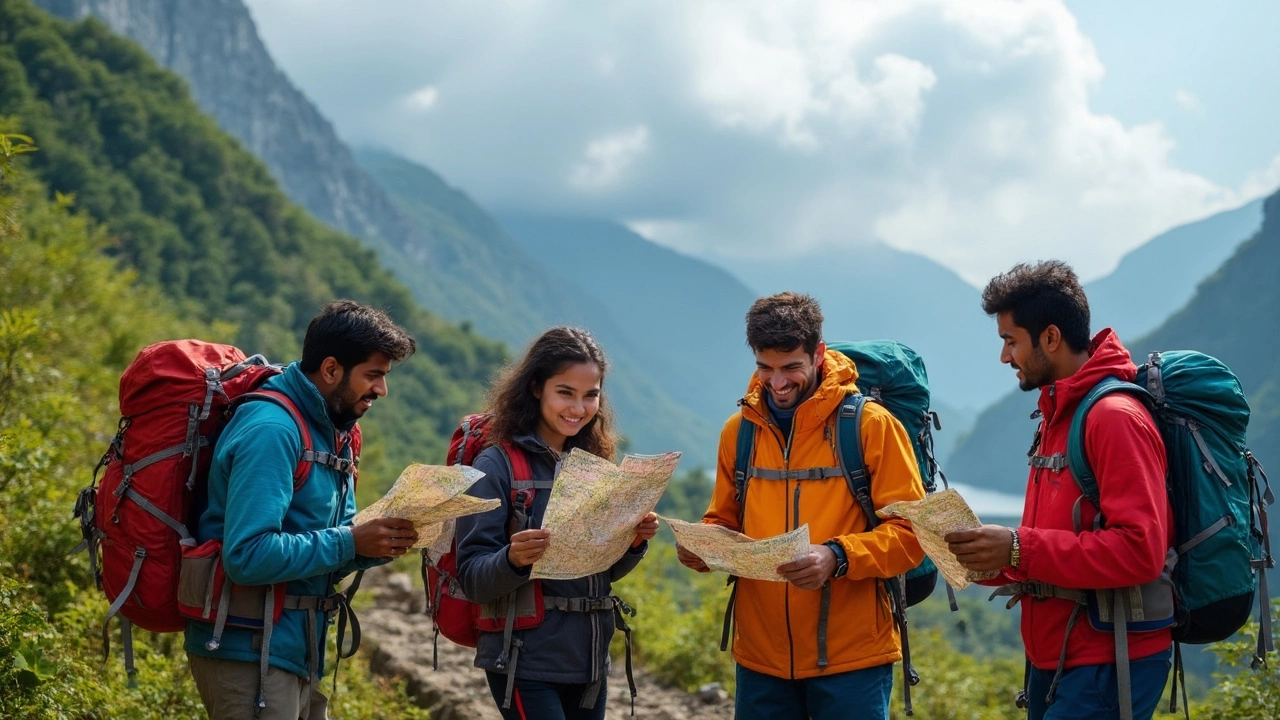Beginner Trekking Tips: Essential Advice for First-Time Hikers in India
When you start beginner trekking tips, practical guidance for people new to hiking in rugged terrain. Also known as first-time trekking advice, it helps you avoid injuries, get lost, or burn out before you even reach the summit. India has some of the most beautiful trails in the world—from the gentle slopes of Kedarkantha to the high passes of Markha Valley—but they’re not all easy. Many beginners show up with the wrong gear, no plan, and zero idea of altitude risks. That’s why smart preparation matters more than fitness alone.
You don’t need to be an athlete to trek in India, but you do need to understand trekking safety India, the practices that keep hikers alive and well on remote trails. This includes knowing when to turn back, how to recognize early signs of altitude sickness, and why drinking untreated water is a bad idea. A local India trekking guides, trained professionals who know the trails, weather, and culture of specific regions isn’t a luxury—it’s your insurance. They carry first aid, know where safe water sources are, and can read the sky better than any weather app. Skip the solo hike on your first trip. Even a short 2-day trek like Nag Tibba becomes 10x safer with someone who’s done it 50 times.
Many beginners think they need fancy boots and expensive packs. You don’t. What you need is broken-in shoes, a light rain jacket, and a small backpack with snacks, water, and a headlamp. The Himalayan trekking, long-distance walking routes through India’s northern mountain ranges aren’t all about climbing peaks. Some of the best beginner trails are gentle forest walks with views that take your breath away without taxing your lungs. Think of it like learning to swim—you don’t jump into the ocean on day one. Start with trails under 4,000 meters, stick to well-marked paths, and hike with a group. Most injuries happen because people push too hard too fast. Slow is safe. Safe is fun.
What you’ll find below are real stories from people who made the same mistakes you might make—carrying too much, skipping acclimatization, or ignoring weather warnings. You’ll also find clear advice on what gear to buy, which trails to avoid as a beginner, and how to talk to locals who can help you stay on track. No fluff. No marketing hype. Just what works for someone hiking for the first time in India’s wild places.
